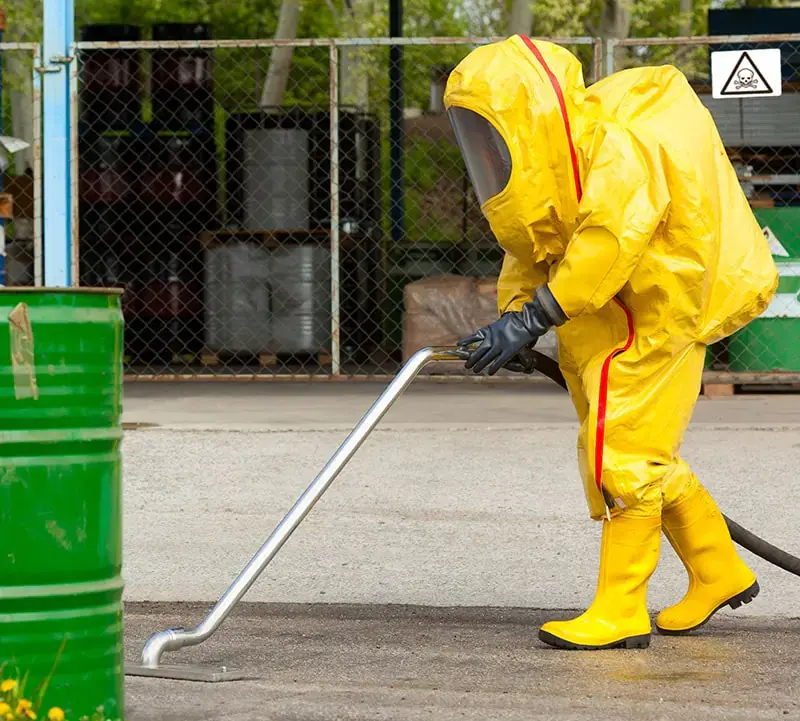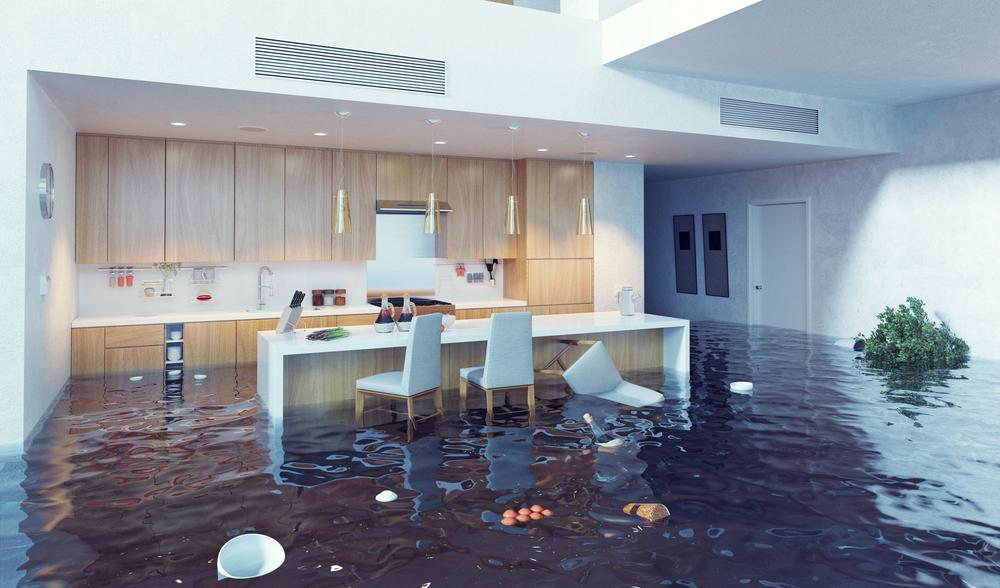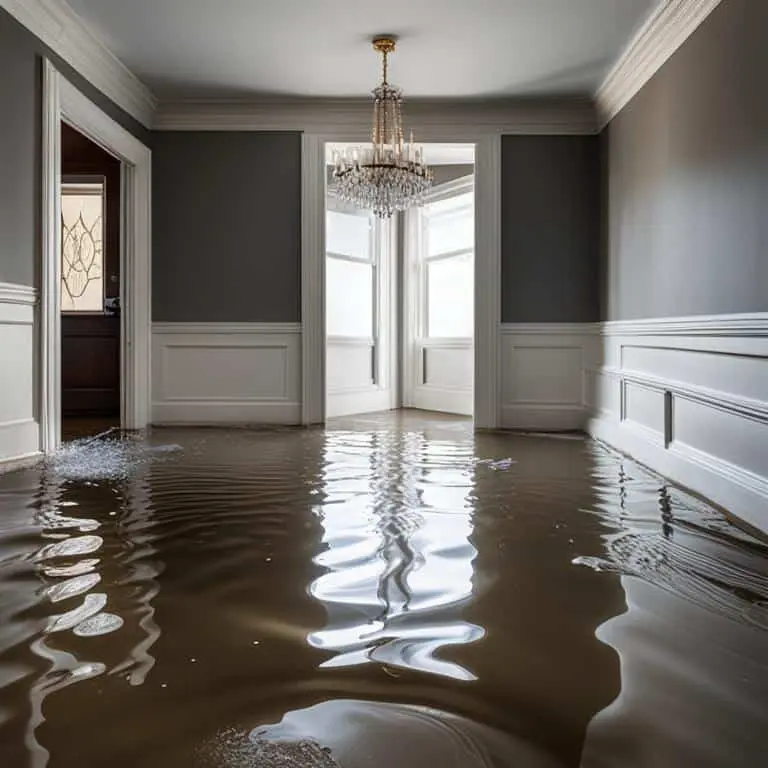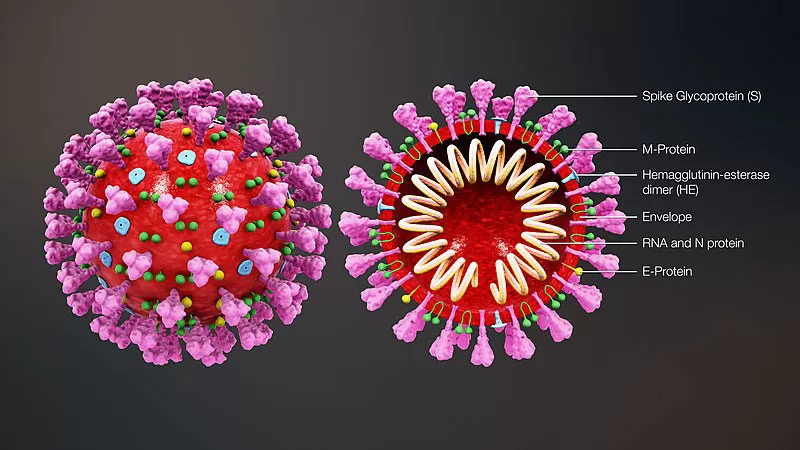What Are the Different Types of Environmental Remediation?
Environmental remediation plays a crucial role in protecting ecosystems and human health from hazardous contaminants. As industries expand, accidental spills, chemical leaks, and waste disposal issues contribute to environmental degradation. Effective remediation strategies help restore land, air, and water to safe conditions. In this guide, we explore different types of environmental remediation and how emergency spill response services play a vital role in managing environmental hazards.
1. Soil Remediation
Soil contamination occurs due to industrial activities, agricultural chemicals, and improper waste disposal. Different remediation techniques address soil pollution effectively:
- Bioremediation: This method uses microorganisms to break down contaminants into non-toxic substances. It is effective for cleaning up hydrocarbons and heavy metals.
- Soil Vapor Extraction (SVE): A technique that removes volatile organic compounds (VOCs) by applying a vacuum to the contaminated soil.
- Chemical Oxidation: Injecting oxidants into the soil neutralizes pollutants and renders them harmless.
- Soil Washing: This process separates contaminants from the soil using a liquid wash solution.
Each of these approaches depends on the type of contamination and the extent of environmental damage.
2. Water Remediation
Water contamination is a major concern due to industrial waste, oil spills, and chemical leaks. Several remediation techniques help restore water quality:
- Pump and Treat: Contaminated groundwater is extracted, treated, and then reintroduced into the environment.
- Air Stripping: This method removes volatile organic compounds by exposing water to air.
- Activated Carbon Filtration: A widely used method where carbon absorbs contaminants from the water.
- Chemical Precipitation: Chemical agents remove heavy metals from water sources.
Water remediation ensures that public water supplies remain safe and prevents the spread of pollutants to larger ecosystems.
3. Air Remediation
Air pollution results from industrial emissions, vehicle exhaust, and chemical releases. Addressing air contamination involves several techniques:
- Biofiltration: Microorganisms break down airborne pollutants, reducing harmful emissions.
- Thermal Oxidation: This process destroys airborne contaminants through high-temperature combustion.
- Catalytic Oxidation: Similar to thermal oxidation but uses a catalyst to speed up the reaction at lower temperatures.
- Adsorption: Activated carbon traps pollutants, preventing them from dispersing into the atmosphere.
Implementing air remediation strategies helps industries comply with environmental regulations and reduces health risks.
4. Oil Spill Remediation
Oil spills have devastating effects on marine life, coastlines, and local communities. Emergency spill response services are essential for managing oil spill incidents effectively. Common remediation techniques include:
- Booms and Skimmers: These tools contain and remove oil from water surfaces.
- Bioremediation: Microbes break down oil particles, reducing environmental impact.
- Dispersants: Chemical agents help break oil into smaller droplets for easier degradation.
- In-Situ Burning: Controlled burning removes oil from the water before it spreads further.
Immediate response to oil spills minimizes ecological damage and prevents long-term consequences.
5. Hazardous Waste Remediation
Hazardous waste, including industrial chemicals, radioactive materials, and toxic sludge, poses serious environmental risks. Effective remediation methods include:
- Containment: Sealing off contaminated sites prevents further spread.
- Neutralization: Chemicals alter hazardous substances into non-toxic forms.
- Incineration: High-temperature burning destroys hazardous materials safely.
- Stabilization and Solidification: This process binds contaminants, preventing them from leaching into the environment.
Proper hazardous waste management ensures compliance with environmental safety standards.
6. Emergency Spill Response Services
Accidental spills of chemicals, oil, or hazardous materials require immediate action to minimize environmental harm. Emergency spill response services provide rapid intervention through:
- Immediate Containment: Quick deployment of barriers and absorbents prevents further spread.
- Site Assessment: Professionals evaluate the severity of the spill and determine remediation strategies.
- Hazardous Material Cleanup: Specialized equipment and trained personnel safely remove contaminants.
- Post-Spill Monitoring: Continuous environmental assessment ensures complete recovery.
Emergency spill response services are crucial for mitigating environmental damage and protecting public health.
7. Radioactive Remediation
Radioactive contamination occurs from nuclear accidents, improper disposal of radioactive materials, and mining operations. Remediation strategies include:
- Soil Excavation: Removing contaminated soil and replacing it with clean material.
- Encapsulation: Sealing radioactive waste in secure containers to prevent leakage.
- Phytoremediation: Using plants to absorb radioactive elements from the soil.
- Shielding and Isolation: Placing radioactive materials in protected storage away from human contact.
These methods help reduce radiation exposure and prevent environmental contamination.
8. Sediment Remediation
Contaminated sediments in rivers, lakes, and coastal areas threaten aquatic ecosystems. Remediation techniques include:
- Dredging: Removing contaminated sediments from water bodies.
- Capping: Placing a clean material layer over contaminated sediments to prevent dispersion.
- In-Situ Treatment: Injecting chemicals to neutralize toxins within the sediment.
Sediment remediation helps protect marine life and maintain clean waterways.
9. Landfill Remediation
Old and poorly managed landfills contribute to soil and groundwater contamination. Effective remediation involves:
- Leachate Treatment: Removing toxic liquid waste from landfills.
- Gas Collection Systems: Capturing methane emissions to reduce air pollution.
- Capping and Containment: Sealing landfills to prevent further contamination.
Proper landfill management supports environmental sustainability and reduces pollution risks.
Conclusion
Environmental remediation plays a vital role in restoring contaminated sites and preventing further harm to ecosystems. Whether dealing with soil, water, air, oil spills, or hazardous waste, using appropriate remediation techniques is essential. Emergency spill response services ensure immediate action in crisis situations, protecting both the environment and public health. By implementing effective remediation strategies, industries and communities can work towards a cleaner, safer future.







































